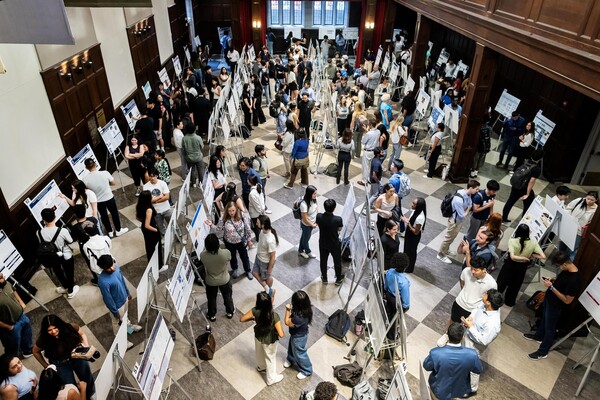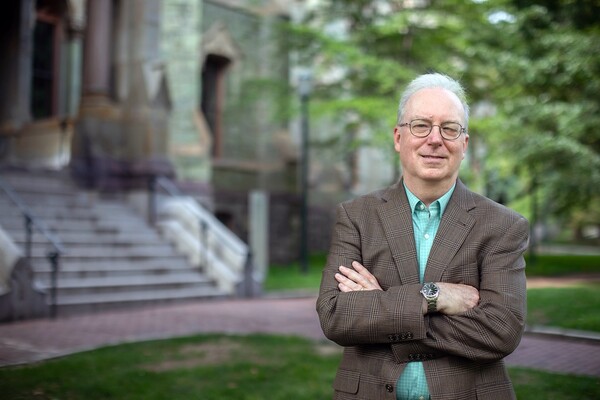
Image: Mininyx Doodle via Getty Images
Compassionate clinicians at the bedside, intrepid researchers at the bench, and steadfast staff behind the scenes have all played integral roles in Penn Medicine’s response to the ongoing pandemic, but another group has also rallied to combat the crisis while off campus—the driven medical students of the Perelman School of Medicine (PSOM).
When the coronavirus spread to the region earlier this spring, PSOM was forced to send its physicians-in-training home in order to minimize the spread of the virus. But while students couldn’t join the front lines, and some initially felt thrown by the transition to remote work and virtual learning, many quickly found ways to get involved, such as collecting PPE for staff, creating organizations to address needs among vulnerable communities, and sharing their peers’ COVID-19 experiences in a new student-run publication. For 80 rising fourth-years eager to play their part and return to their clinical rotations prepared, the path forward was clear—educate themselves on this ever-evolving pandemic, fast.
But with the news updating by the minute and their go-to experts and mentors also trying to catch up, where would they even begin?
Jennifer Kogan, the associate dean for Student Success and Professional Development who oversees the development of the Module 5 elective course curriculum, was working with elective directors to translate their courses to an online platform when a group of students and residents came to her with a proposal for a new virtual class focused on COVID-19. Inspired by the open-source curriculum developed by students at Harvard Medical School, the group worked together with Kogan and Harvey Rubin, a professor of infectious diseases, to co-create a course from scratch.
“I think that students often know what they need, and this offered a wonderful opportunity for us to think outside of the box and creatively deliver content that offered firsthand learning as the pandemic unfolded,” Kogan says. “It was completely new, and I think incredibly valuable.”
During four two-week sessions running from April to June, students dove deep into COVID-19’s basic science and basic virology, effects on different organs, epidemiology and mathematical modeling, new therapies, vaccine developments, and other related topics. The nature of the pandemic required a malleable syllabus that could change as quickly as the headlines, and there was a far smaller knowledge gap between the students and instructors than usual given that everyone was navigating the crisis together.
This story is by MaryKate Wurst. Read more at Penn Medicine News.
From Penn Medicine News

Image: Mininyx Doodle via Getty Images

nocred

Image: Pencho Chukov via Getty Images

Charles Kane, Christopher H. Browne Distinguished Professor of Physics at Penn’s School of Arts & Sciences.
(Image: Brooke Sietinsons)